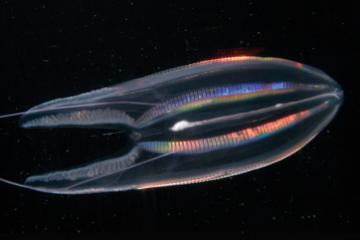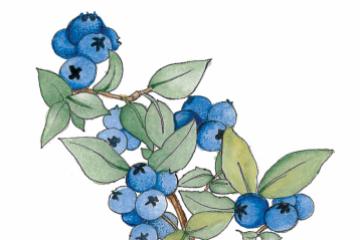The things that only night swimmers and fisherfolk have seen.
Remy Tumin
No one is certain why northern long-eared bats are surviving on the Vineyard when they are dying everywhere else. But the search is on.
Alex Elvin
An ecological success story has been taking place largely out of sight – underfoot and under the sand on the south shore, where the northeastern beach tiger beetle has been making a comeback.
Sara Brown
The off-season may be quiet on the Cape and Islands, but it is a busy time for the area’s gray seals.
Sara Brown
(Vaccinium corymbosum,Vaccinium angustifolium)
Blueberries won’t ripen until June (at least), but spring is the perfect time to scout locations. The plants have small white or pink bell-shaped flowers that make them easy to identify. If you find a good stash, take note, and then keep quiet. Wild blueberries are in high demand.
It’s a strange twist of fate that oysters, often described as nature’s aphrodisiacs, are such funny-looking things.
Forget hunting or fishing – starting in October, gathering sweet bay scallops is where it’s at.
If all goes well, local biologists will soon be growing gold in local waters. Scientists with the Martha’s Vineyard Shellfish Group and the Marine Biological Laboratory (MBL) have been breeding golden mussels, a unique-hued version of the common mussel that they hope will boost the Island’s nascent farmed mussel industry.
Sara Brown









